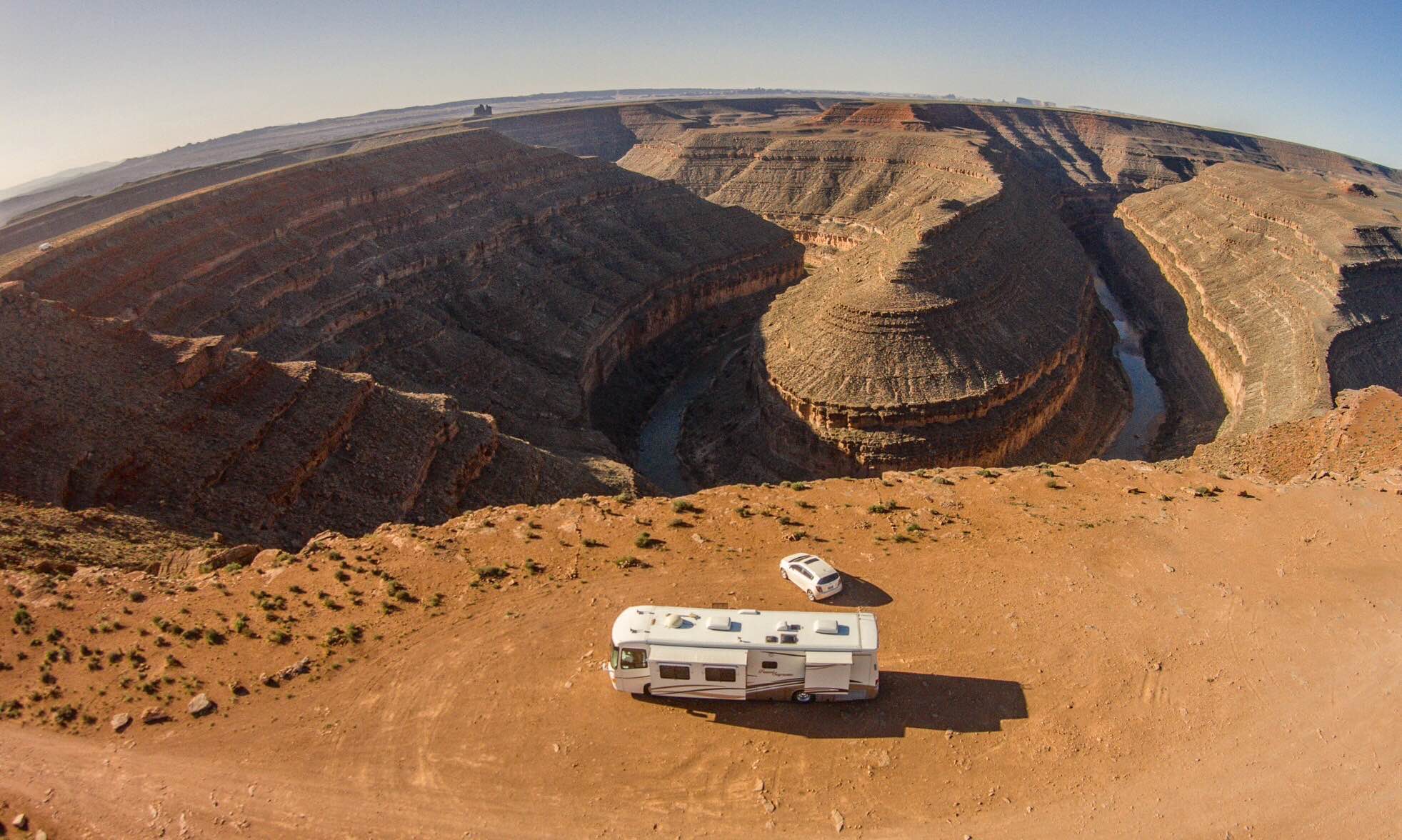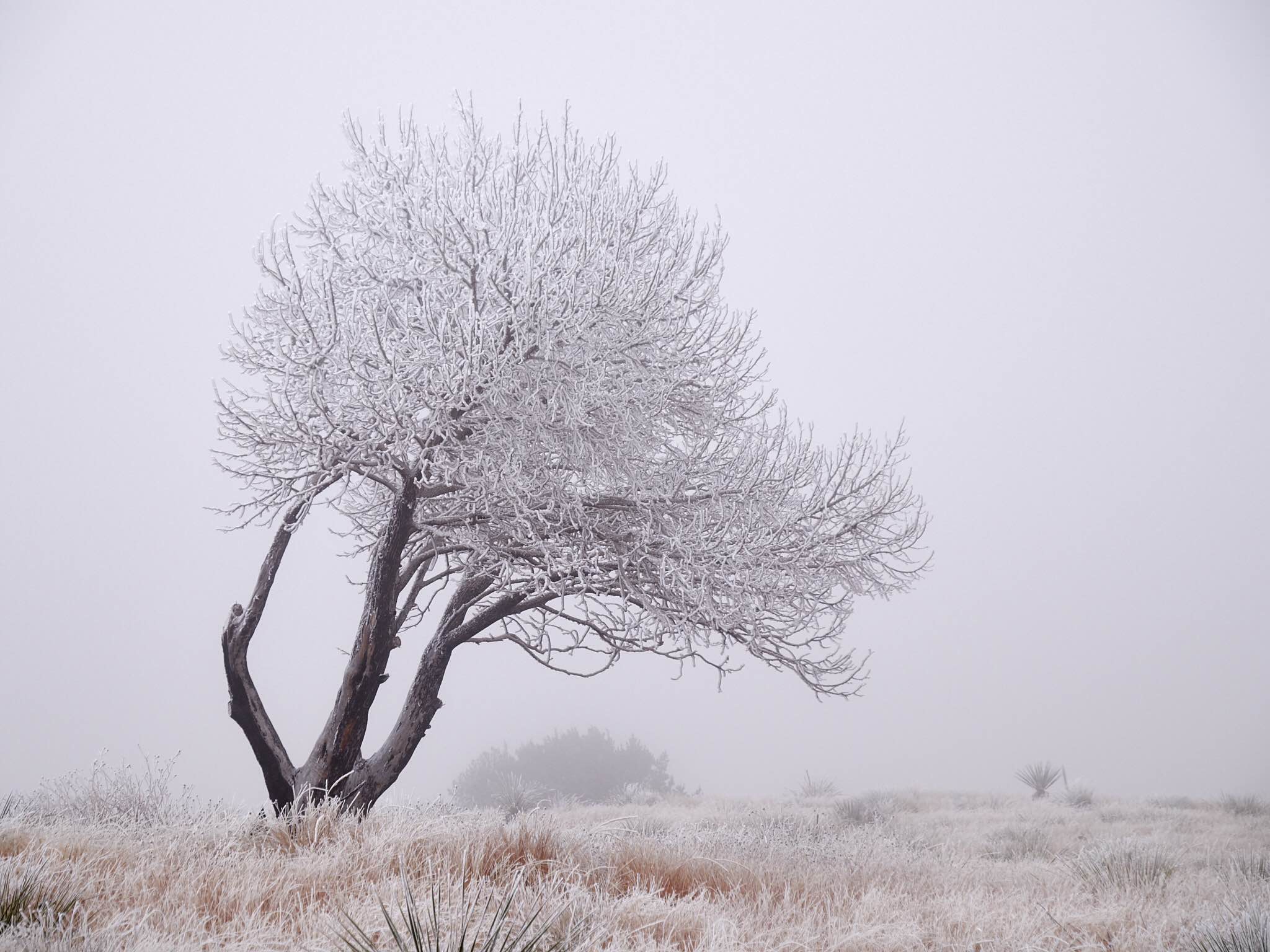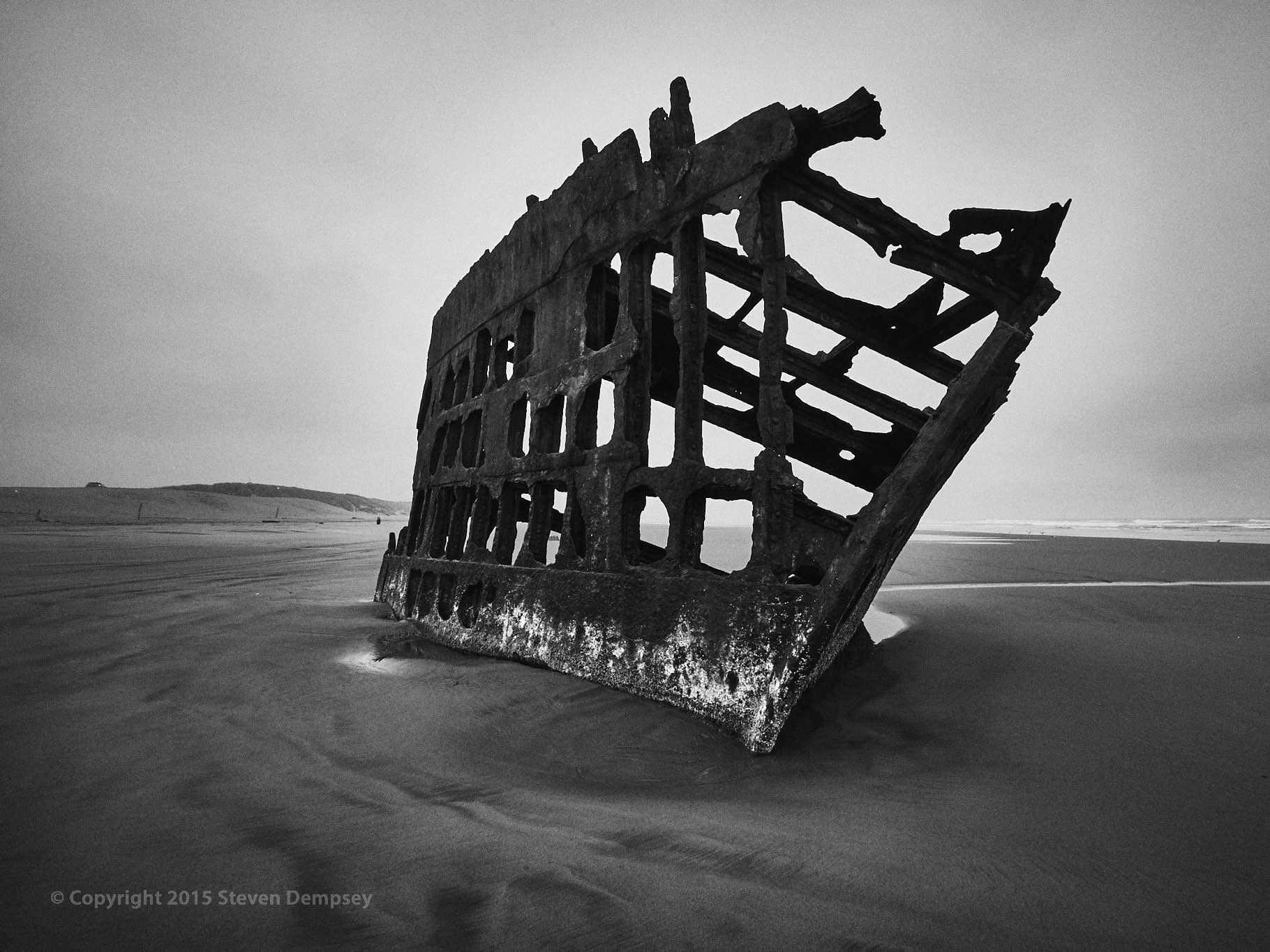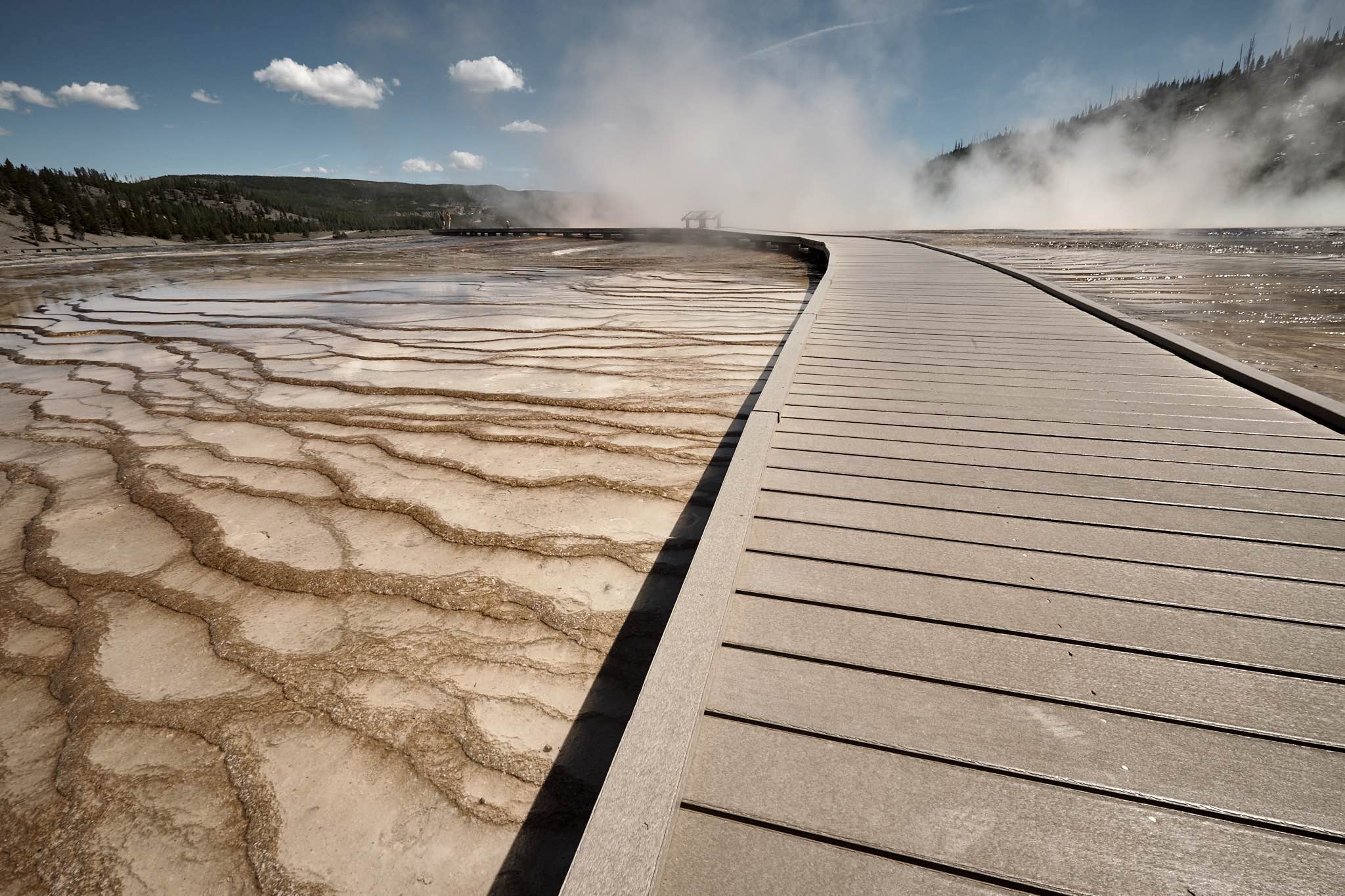I am one of the lucky ones because I am actually living my dream as a travel photographer. In 2014, my wife Linda and I quit our jobs, sold our house and began an epic road trip of the United States in a 40-foot motorhome.
At the time, I owned a Canon 5D Mark III and, quite frankly, I thought I was pretty happy with it.
When we sold our house, we also sold most of our belongings. Suddenly, my photography equipment seemed to occupy the majority of my reduced living space.
One day, I read a blog post by a photographer who decided to get rid of her unwieldy DSLR and try a mirrorless system. The decision changed her life for the better. When I read this, it sang to me. The weight and size of my DSLR was getting in the way of spontaneous shooting. To compound matters, it was also attracting unwelcome attention if and when I found myself in a shadier side of town. Sometimes, I would even cut my trips short.
It was absolutely time to switch to something smaller. I pained over the decision because I had a wonderful kit and the 5D3 was, and still is, a fantastic camera. I feverishly researched the best mirrorless camera systems and, again and again, the Fujifilm X-T1 would be at the top of each list. My mind was made up.
When my new camera arrived, it was life-changing for me too. In fact, I noticed a special kind of magic in my images that I had never seen before.
One of the things I was most worried about was the EVF. I had heard great things about it but I was used to the more traditional optical version on the 5D3. I’m also an occasional cinematographer so working with an EVF was not unfamiliar to me but it still made me nervous. A friend even suggested I rent the X-T1 before committing to buy. I couldn’t wait, of course, and bought it anyway. I have to say, when I first looked through the viewfinder, it was a beautiful thing. What a thrill to see what the photograph would look like before I clicked the shutter! I am now able to closely monitor white balance, creative exposure and framing a photograph is infinitely easier because of the immersive nature of the viewfinder.
Funny enough, what I find most useful of all the bells and whistles on the X-T1 is the electronic level. I have a weird habit of unintentionally offsetting my horizon line, particularly when using tricky angles with my 10–24mm lens. The level keeps everything straight and I do less adjusting in post production 🙂
I was never happy with the colors I got from my Canon camera. They seemed flat to me and didn’t always represent what I saw without significant later adjustment. The Fujifilm colors, on the other hand, capture not only the scene but also how I imagined it in my mind. That’s the magic I’m talking about. When using Velvia for landscapes, the colors create wonderful depth, especially in the shadows. I’ve been shooting everyday since I got the camera in January and it’s still a thrill to look through the viewfinder. I never had that feeling before.
One of my favorite lenses when walking around town is the 35mm f1.4. Although I use bigger lenses and a battery grip for my landscape work, I strip it all down to a much lighter kit when I’m visiting populated areas. I constantly catch passersby staring at my camera wondering exactly what it is because it doesn’t look anything like all the other thousands of DSLRs around people’s necks. At f1.4 and a strongly contrasted black and white setting, I immediately feel like the creativity starts flowing. The photos look old school and the camera itself looks like its vintage analog counterparts. The entire experience puts me in a different headspace.
My lens kit for landscape work consists of 18–135mm and 10–24mm. This gives me a long and short reach and covers all my needs in that area. The 35mm is mostly used when I want creative shallow depth of field photographs. I love how this focal length, wide open, can completely transform the mood and intimacy of a landscape. I also have the 56mm f1.2 for portraits although I use it for so much more.
There are arguments to be made that other zooms or primes are sharper or better quality for landscape work but my lenses suit me just fine. There is only so much detail that I need to render a scene and I’m not worried about printing anything on a large scale. At one point in the past, I did get sucked into the pixel-peeping perfectionist way of thinking but I’m over it. That’s the beauty of photography, it’s all subjective. There will be those who disagree and that’s fine. I don’t need to be convinced 🙂
As a side note, I have found myself using the wifi connectivity far more than I expected. If I want a quick review of my favorite shots of the day, I’ll simply transfer them over to my iPad.
Although the quality of the JPEGs the camera produces is almost legendary, I prefer the latitude of the RAW files. The JPEGs are a very useful starting point and I try to stay as true to them as possible in the final processed version.
I find it difficult to write about the X-T1 without coming across like a Fujifilm fanboy. I’m a fan of good craftsmanship, intuitive functionality and a company who cares about their customers. For me, this camera has all that and I haven’t even touched on the incredible firmware updates. I certainly feel like I invested well and haven’t since given my beloved Canon a second thought.
The compact size of my Fujifilm X-T1 now perfectly complements my reduced living space and is my constant companion as I head on down the road.



























